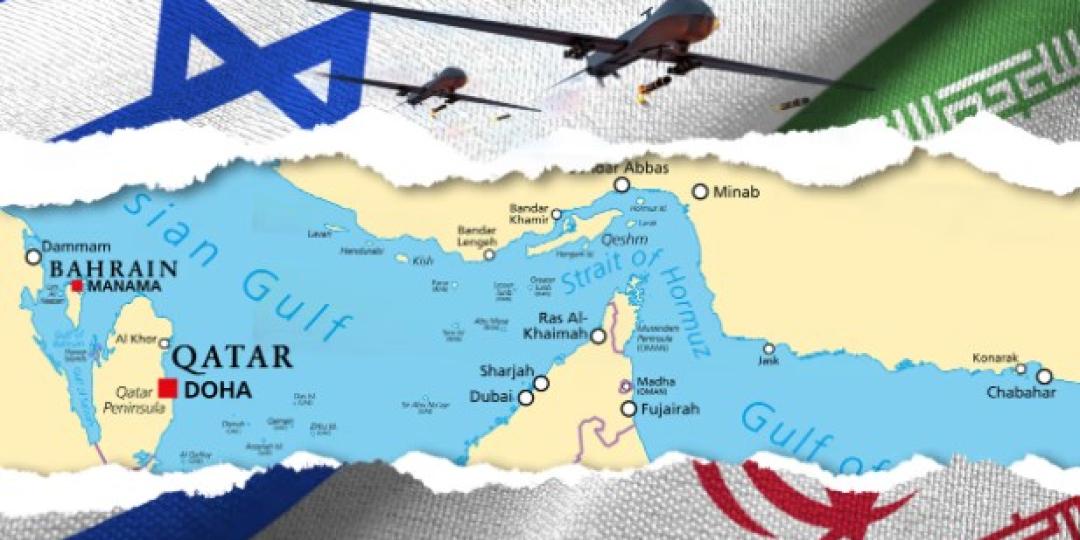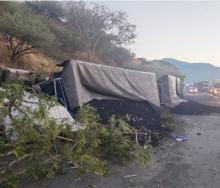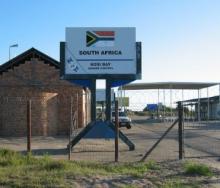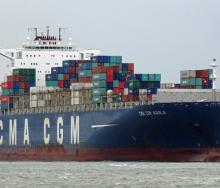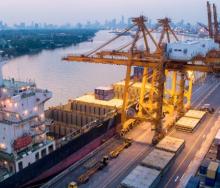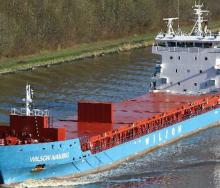As markets across the globe retreat into safe-haven assets like gold because of escalating warfare in the Middle East, rate volatility continues to reverberate through freight industry futures.
The sharpest spike in futures is linked to Iran’s threat to choke oil shipped through the Strait of Hormuz, which is responsible for carrying about 20 to 21 million barrels of crude, condensate and refined fuels every day.
This volume represents nearly one-third of the world's seaborne oil trade and about 30% of total global oil trade which, if its tanker trade was impacted, would cause energy disruption across the globe.
Before last Friday’s surprise attack by Israel on Iran, very large crude carrier (VLCC) rates were stable at about $20 000 per day (p/d).
But rates have more than doubled because of the worsening Iran-Israel situation to more than $55 000 p/d.
Long-range product tanker (LR2) rates have also surged to $45 000 p/d, the highest it has been since July last year.
According to global investment bank Jefferies, 60-65% of global VLCC and LR2 supplies originate in the Middle East.
This week’s tanker collision off the UAE’s Khor Fakkan coast close to the Strait, when two VLCC vessels, the Adalynn and fully loaded Front Eagle caught fire, has also resulted in one of the steepest-to-date insurance hull and machinery increases – 60%.
In real terms, the increase went from 0.125% of a vessel’s value to 0.2%, meaning insurance for a $100 million tanker has jumped from $125 000 to $200 000, risk insurer Marsh & McLennan reports.
Countries such as Greece, through its Ministry of Shipping, has already advised its flagged vessels to avoid the Strait of Hormuz, as has UKMTO (United Kingdom Maritime Trade Operations) and the US-led sea-trade coordination hub, Joint Maritime Information Centre.
